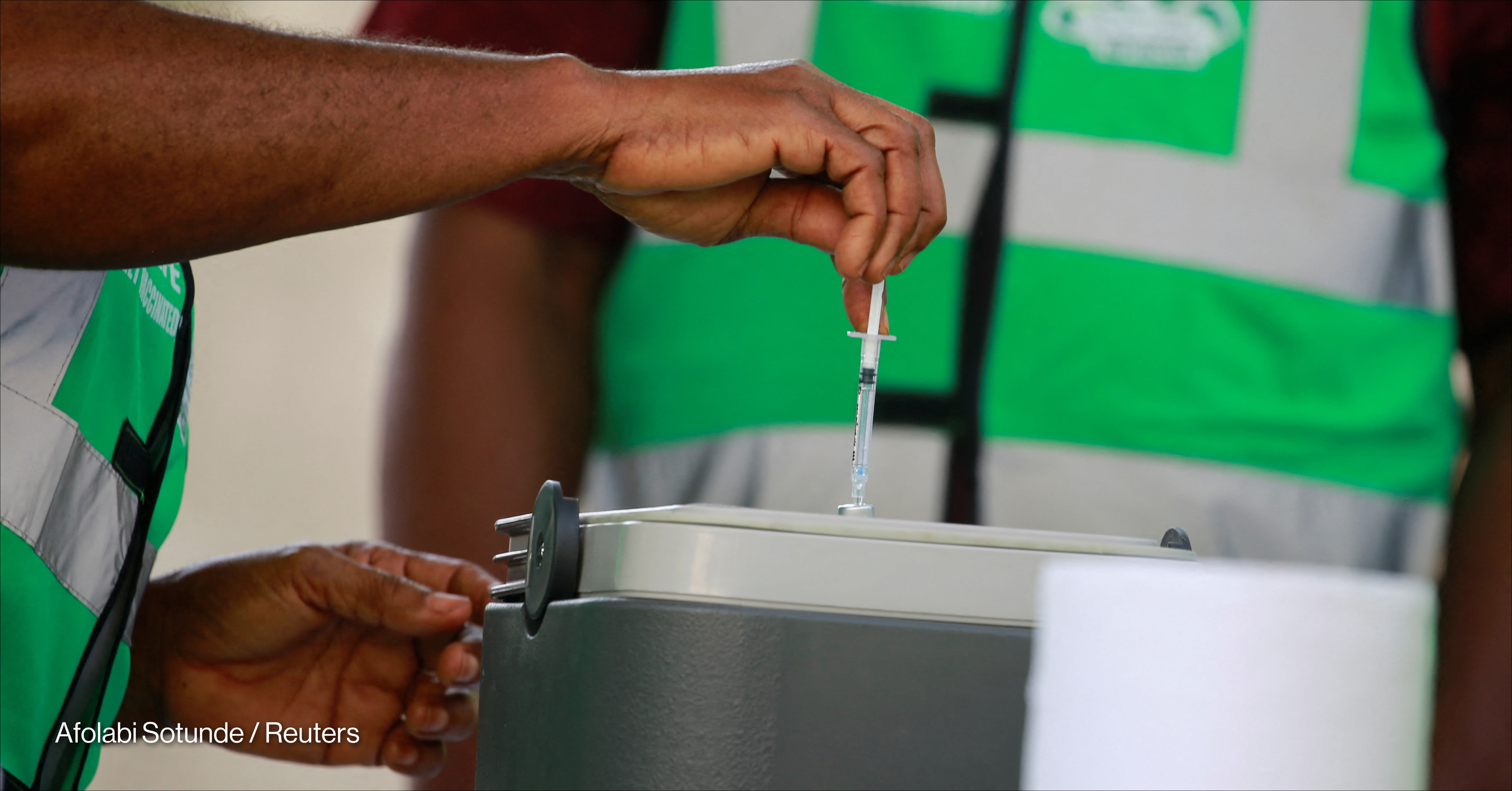
Testing for COVID-19 has fallen by 70% to 90% across the world, making it more difficult for the global health community to monitor the evolution of the pandemic, treat patients, and track variants, according to Dr. Bill Rodriguez, chief executive officer of FIND, a co-convener of the Access to COVID-19 Tools Accelerator “diagnostics pillar.”
“Because testing has been the first casualty of a global decision to let down our guard, we're becoming blind to what is happening with this virus,” Rodriguez said during a press conference Tuesday.
The must-read weekly newsletter for exclusive global health news and insider insights.
Reported cases and deaths are declining globally, said Tedros Adhanom Ghebreyesus, the director-general of the World Health Organization. Last week, just over 15,000 deaths were reported, which is the lowest weekly total since March 2020. But these trends must be received with some degree of caution, Tedros said.
“We have had massive changes in testing strategies, huge reductions in the numbers of tests being used around the world. We have very little confidence in what we are actually seeing in the trends in terms of cases,” said Maria Van Kerkhove, WHO's technical lead for COVID-19.
This comes despite a golden era in testing, Rodriguez said.
“We have never been in a stronger position as far as diagnostic testing programs. We've never been more capable of responding to the need for low-cost, accurate rapid tests required to manage a global threat than we are with COVID — not for HIV, not for TB [tuberculosis], not even for malaria, and certainly not for diabetes or cervical cancer or neglected diseases,” he said.
The procurement mechanisms, levels of cooperation, trained workforce, and variety of tools now available for monitoring the spread of a disease are unprecedented, he added. Global manufacturing capacity for diagnostic tests currently exceeds demand, following significant investments to boost local production in manufacturing facilities in places like Brazil, Senegal, South Africa, and India.
International efforts, including through the ACT Accelerator and The Global Fund to Fight AIDS, Tuberculosis and Malaria, have also brought down the price for PCR and rapid tests, with self-tests available for only $1 to $1.50 each, he said.
“Shutting down testing programs prematurely is always a mistake. It always costs more money. In the end, it always costs more lives. We make that same mistake that we've made so many times in the course of the pandemic,” Rodriguez said.
“We're becoming blind to what is happening with this virus.”
— Dr. Bill Rodriguez, chief executive officer, FINDA decline in testing also undermines the health community’s ability to treat COVID-19 patients with new therapeutics, Tedros said. Before Pfizer’s antiviral drug Paxlovid is used for patients with mild and moderate COVID-19, there is a “need for prompt and accurate testing.” This kind of drug must be taken as early as possible after COVID-19 infection to achieve the highest benefit.
In addition, there is a decrease in the number of genomic sequences submitted to global databases, which can help track emerging variants, Tedros said. Many countries have had their sequencing capacity increase significantly during the pandemic.
“The global capacity for genomic sequencing and the systems to track new variants has advanced by leaps and bounds,” Rodriguez said.
Throughout the pandemic, a new variant emerged every four to five months, said Dr. Seth Berkley, chief executive officer at Gavi, the Vaccine Alliance.
“The uncertainty that we have about what the next variant will be remains a significant cause of concern for us, because we need to plan for many different types of scenarios,” Van Kerkhove said.







